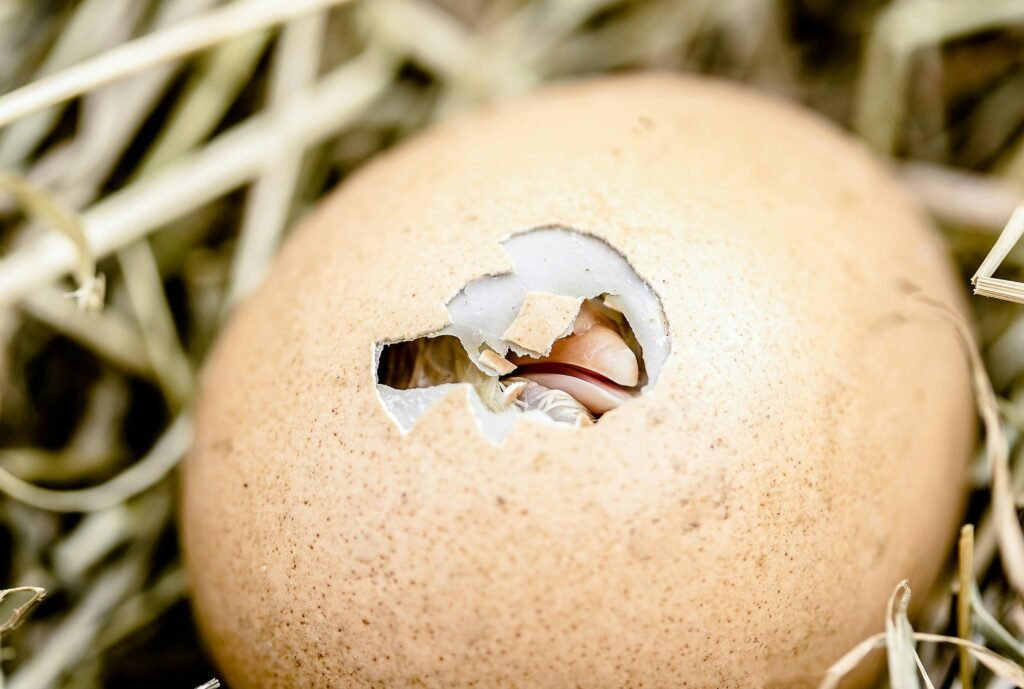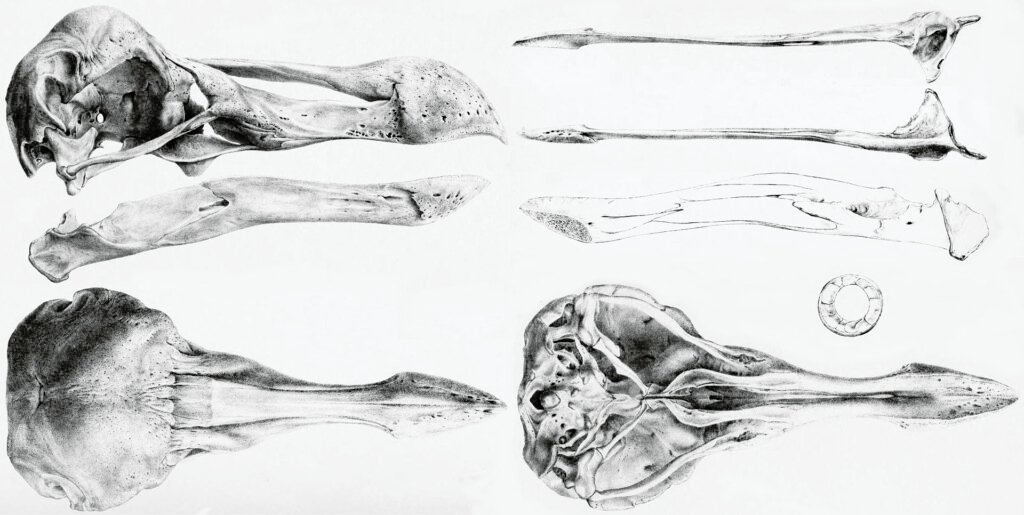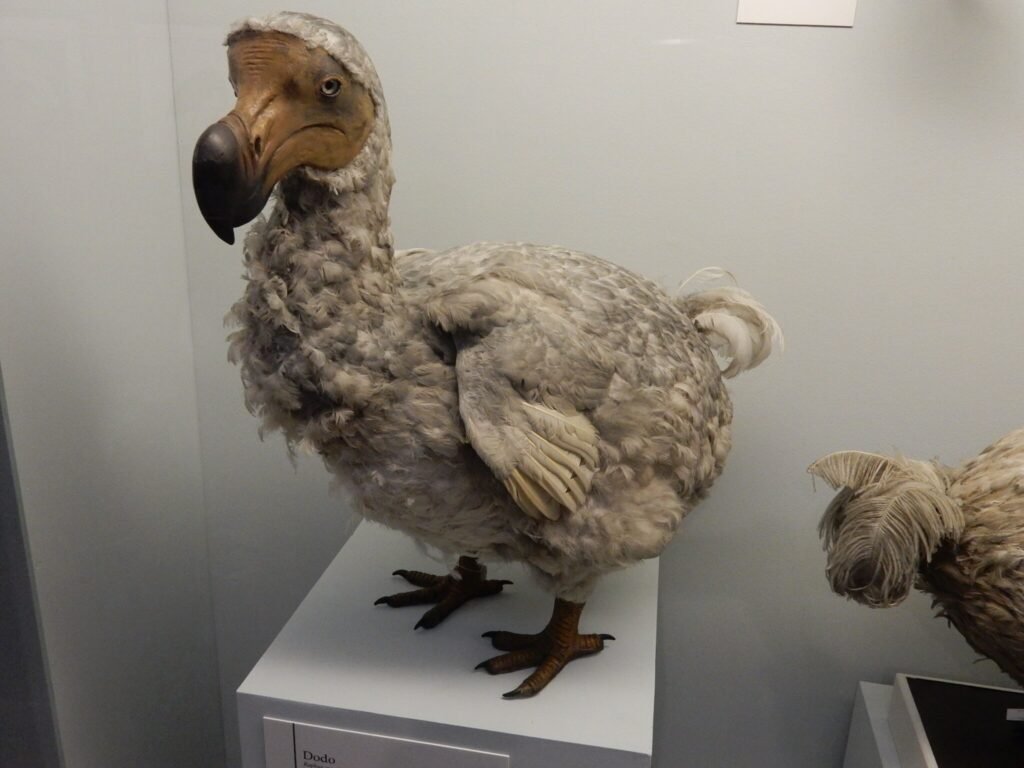The Dodo, a once-extinct bird could return by 2028, thanks to DNA from a museum specimen, a surrogate chicken, and bold new science. But what does “de-extinction” really mean for the animals—and for us?
The dodo, the famously flightless bird of Mauritius, was hunted to extinction by the late 1600s. For centuries, it’s stood as a tragic symbol of irreversible human impact on wildlife. But today, scientists say the dodo could walk the Earth once again—within the decade.
Thanks to two separate teams—one in Austria and one in Texas—the idea of “de-extinction” is no longer science fiction. Their bold mission to revive the dodo isn’t just a flashy headline. It’s a sign of what may be the next great shift in conservation: bringing back what was lost.
The First Dodo Embryo in History

At the Institute of Science and Technology Austria (ISTA), evolutionary biologists have successfully inserted synthesized dodo DNA into a chicken egg, resulting in what could be the first dodo embryo in over 300 years. It’s a moment that rewrites our relationship with extinction.
“The egg was first,” said geneticist Nick Barton, referencing the paradoxical step of placing dodo DNA into a living chicken egg. The process involved using advanced mathematical models, artificial intelligence, and protein tracking—drawing inspiration from everything from black hole physics to gene regulatory networks.
Speaking about the Dodo, Professor Barton said: “There’s always been a lot of mystery around what kind of bird the dodo really was and how it lived,” says Nick Barton, an evolutionary geneticist at ISTA. “But here’s what we did know: it fed on fallen fruit, seeds, insects, and the occasional crustacean. It lived a pretty undisturbed life — until humans showed up and, quite literally, deep-fried the species into extinction by the late 1600s.”
Two research teams collaborated on the development of the embryo: one tracking its morphogenesis in a controlled lab setting, while the other took over to cultivate the tissue to maturity. The first to witness the extraordinary moment of the egg hatching was Alicia Michael, a specialist in biological timekeeping. “The shell cracked precisely when the egg timer went off,” she recalled. “And out came this dazed little dodo hatchling — alive, blinking, and very much real. It was breathtaking.”
For ISTA researchers, this isn’t just about the dodo. It’s about understanding how species disappear, and how they might return.
Colossal Ambitions in Texas
Across the ocean, Texas-based Colossal Biosciences is going even bigger. Known for attempting to revive the woolly mammoth and the Tasmanian tiger (thylacine), Colossal has set a bold goal: bring the dodo back by 2028.
Using DNA extracted from a preserved dodo skull at Oxford University, the team has already mapped the full dodo genome. Their approach involves editing germ cells from the dodo’s closest living relative—the Nicobar pigeon—and implanting those cells into surrogate chickens. The result? A living, breathing dodo-like bird hatched in the modern world.
Should We Bring Back What We Destroyed?

The excitement is real. But so are the concerns.
The original dodo went extinct due to human activity: hunting, habitat destruction, and the introduction of invasive species like rats and pigs. So if we can bring the bird back—how do we make sure it won’t go extinct again?
“We can’t just bring back animals and hope for the best,” said ISTA biologist Lora Sweeney. “Ecosystems are complicated. And if we don’t address the root problems—like habitat loss and climate change—revived animals will face the same threats as before.”
Advocates point out that while de-extinction is thrilling, it shouldn’t distract from the animals that still need saving today. From critically endangered birds to vanishing amphibians, many species are on the brink—and they don’t have time to wait for a tech breakthrough.
A Wake-Up Call for Conservation

Whether or not the dodo walks again in 2028, its story is already influencing how we think about extinction. De-extinction forces us to confront a deeper question: If we can bring back a lost species, what responsibility do we have to protect the ones still here?
As we stand on the edge of this scientific frontier, one truth remains: extinction is no longer forever—but prevention is still better than resurrection.







